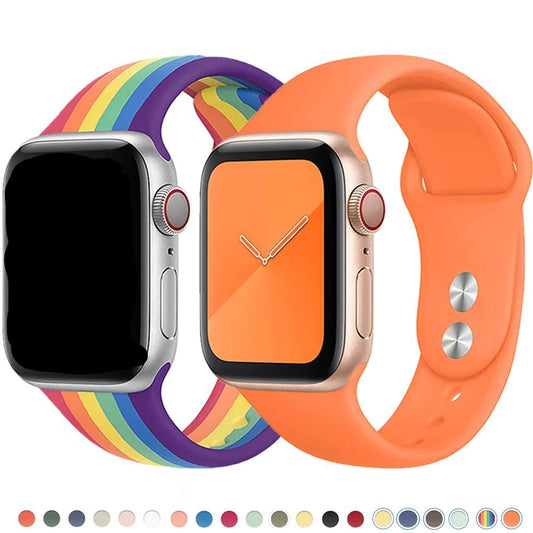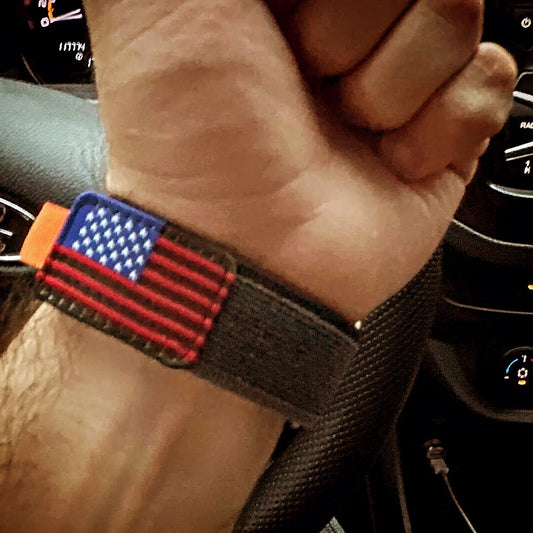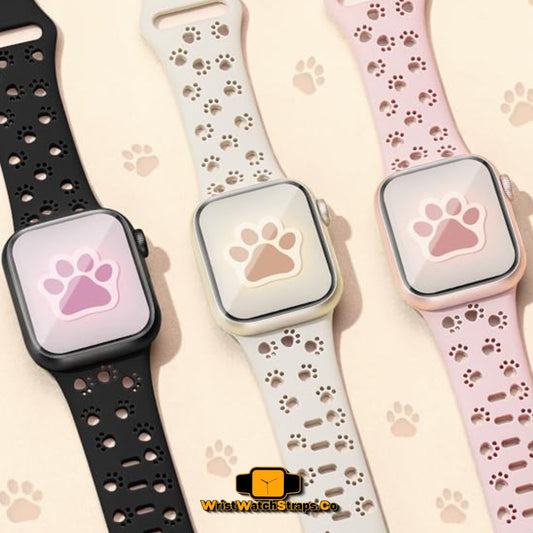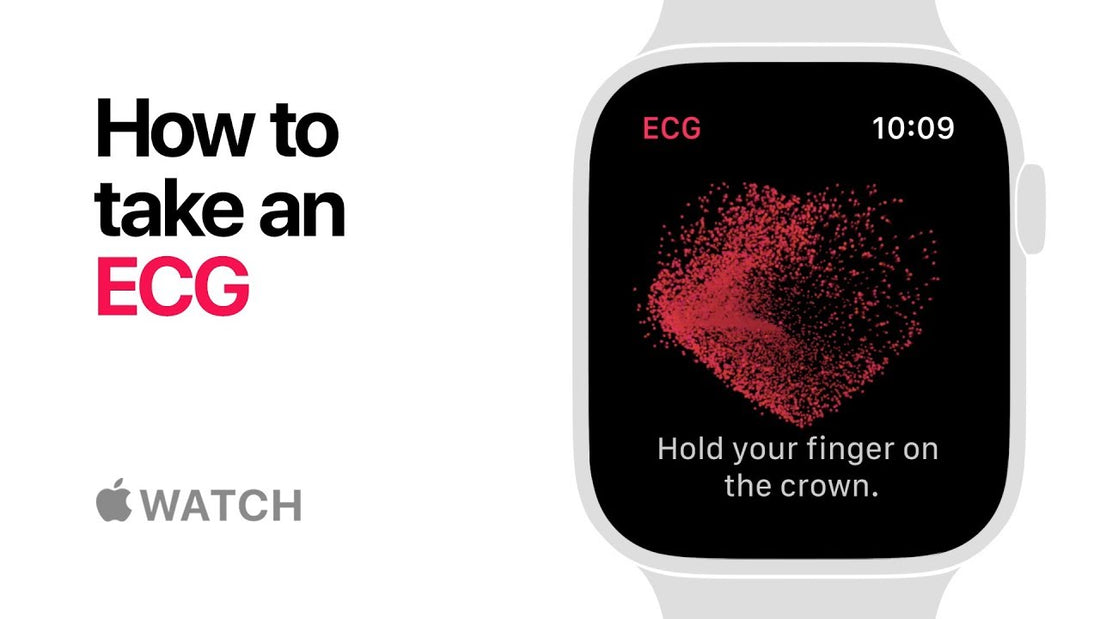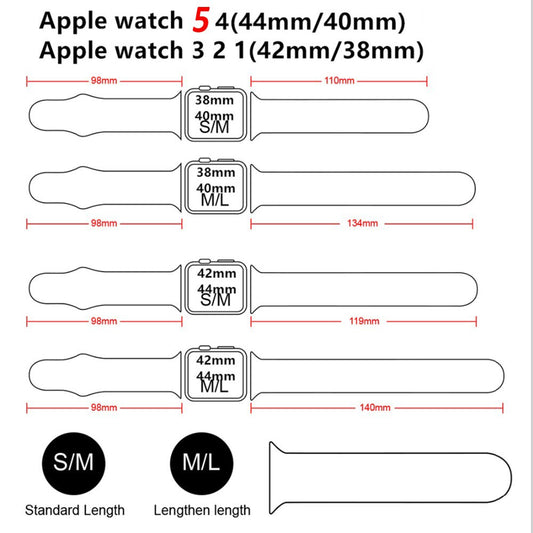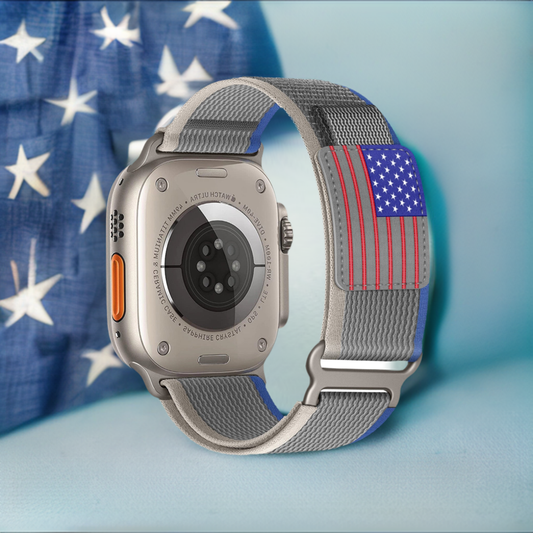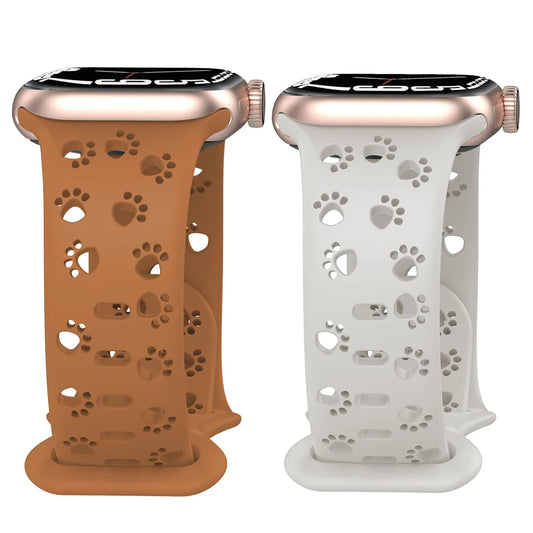Many people know that Apple has created a new and innovative product, the Apple Watch. The latest addition to the watch family is the ECG app which allows you to take an electrocardiogram (ECG) on your wrist. But what does this mean? What does it do for me? And how can I use it in my life? We’ve answered these questions with two articles: one about what it means and another about how you can put it into practice. These articles will help you understand why this new technology is such a big deal, as well as give some advice on how to make sure you are using your Apple Watch to its full potential!
What is an ECG?
An electrocardiogram (also called an ECG or EKG) is a test that records the timing and strength of your heart beat. By looking at this information, doctors can gain insights about what's going on with their patient’s rhythm when they're not feeling well as well as look for any irregularity in it-- which could help them diagnose you sooner than later! A common question many people ask themselves after receiving bad news such as "I'm diabetic," will be: 'how do I manage my disease now?'

How to use the ECG app?
The ECG app can help you find out if your heartbeat is safe or not. If it finds atrial fibrillation (AFib), the user will receive a warning about what they need to do next in order for their heart rhythm problems go away with treatment options available through Apple Watch Series 4, Series 5 ,Series 6 and 7. The new feature lets people know when there are issues that need attention right away so more timely care plans may be put into effect before things get worse.
The ECG app is one of many tools available to help diagnose and treat disease. The actual process it uses, called electrogram analysis or electrocardiography (EKG), has been around since the 1930s when doctors started noticing something interesting about their patients' hearts: they were beating faster than normal! This led them on a journey that would ultimately reveal how we measure blood pressure in this country - using an instrument patented back then called "Hem-O-Analyzer".
The recent years have witnessed dramatic advances not just for healthcare but also technology itself--with apps like Fitbit becoming all too popular among people who want more knowledge into their own bodies through personalized metrics.
Here's what you need.
- You can only use the ECG app if it is available in your country or region.
- If you're not yet on the latest version of iOS and watchOS, make sure to update your device.
- The ECG app is not intended for use by people under 22 years old due to its high sensitivity and potential risk.
Install and set up the ECG app
After installing the ECG app, go through these steps to set it up:
"The first time you open your new HealthKit-enabled device for use with Apple's iCloud system of allowing user data access across all their devices or computers where they can store personal information like medication allergies and more."
- Open the Health app on your iPhone.
- Follow the onscreen steps. If you don't see a prompt to set up, tap the Browse tab, then tap Heart > Electrocardiograms (ECG) > Set Up ECG App.
- After you complete set up, open the ECG app to take an ECG.
If you still don’t see the app on your Apple Watch, open up a web browser and go to ecgapp.com/ios where it says "If this is not an iPhone," tap Install in blue font for instructions! If there's no download button at all just click here instead of typing into that small box below because we know how much time wasting goes down over text message conversations these days.
Take an ECG
You can take an ECG at any time, when you’re feeling symptoms such as a rapid or skipped heartbeat. If it's not too irregular for your doctor to order one in the first place! The current generation is expected to have their own medical devices that are portable and wireless—to save us from having wires everywhere during emergency situations like being stranded by bad weather outside without power sources nearby.
- Make sure that your Apple Watch is snug and on the wrist that you selected in the Apple Watch app. To check, open the Apple Watch app, tap the My Watch tab, then go to General > Watch Orientation.
- Open the ECG app on your Apple Watch.
- Rest your arms on a table or in your lap.
- With the hand opposite your watch, hold your finger on the Digital Crown. You don't need to press the Digital Crown during the session.
- Wait. The recording takes 30 seconds. At the end of the recording, you will receive a classification, then you can tap Add Symptoms and choose your symptoms.
- Tap Save to note any symptoms, then tap Done.
How to read results
After a successful reading, you will receive one of the following type on your ECG app. Regardless if it's good or bad news for you and how well I can read that is irrelevant because even feeling unwell would merit seeking medical attention from someone who knows what they're doing: an experienced doctor!
Sinus rhythm
A sinus rhythm result means the heart is beating in a uniform pattern between 50 and 100 BPM. This happens when your upper and lower chambers of goblet are working together to keep time with each other, rather than against it like they normally would be if you had normal beats for one person's body instead of two separate bodies trying independently do what needs done but not getting along very well at all times which leads us here: why does this matter? There can come some pros that will help explain themselves better now so just hang tight. A lot goes on inside both our lungs as well as outside them because air We need oxygen from these external environments.

Atrial fibrillation
An irregular heartbeat can be an early sign of many serious health conditions, but it's also one of the most common types. The ECG app ver 1 checks for AFib between 50-120 bpm while version 2 measures over 150 BPM.* If you receive this classification and have not been diagnosed with Afib yourself or know someone who has recently passed away from a heart attack related cause then I recommend talking to your doctor immediately so they may give appropriate treatment options!
Low or high heart rate
A heart rate under 50 BPM or over 120 in the ECG version 1 affects its ability to check for a cardiac arrest. In contrast, a 150+ can affect the second's app from being able to detect AFib if it occurs at these ranges of beats per minute.
A low heartbeat is a sign that something might be wrong. It can happen because of certain medications or if electrical signals aren't properly conducted through the heart, which may lead to athletes' hearts racing during intense training sessions and competitions in order for it work harder than usual!
Your heart is a powerful muscle that can cause high rates when you're feeling stressed, excited or nervous. Even though it's not always related to one of these factors listed above there could be other reasons for the extra speed like infection in your body and an irregular heartbeat called AFib (atrioventricular fibrillation).
Inconclusive
An inconclusive result means the recording can’t be classified. It could be due to one of the following situations:
- In ECG version 1, your heart rate is between 100 and 120 BPM and you are not in AFib. The app's second edition was recently tested on a clinical trial with approximately 546 subjects who had over 600 episodes each where they were classified as either having sinus rhythm or being diagnosed for atrial fibrillation (AF). This algorithm demonstrated 99% specificity to correctly identify what type of arrhythmia someone has while also proving 98% sensitivity when screening patients based off whether or not their rhythms would be classifiable into these categories.
- You have a pacemaker or implantable cardioverter defibrillator (ICD). You probably know that your heart can't beat on its own.
- The recording may show signs of other arrhythmias or heart conditions that the app is not designed to recognize.
- Certain physiological conditions may prevent a small percentage of users from creating enough signal to produce a good recording.
For ECG version 1, you might also get an inconclusive result if your arms are not resting on a table during the recording or wearing Apple Watch too loose.
Poor Recording
If you get a Poor Recording result, there are a few things to try in order for your ECG. The first thing is ensuring that the patient has no heart disease or problems with medications and diets as these can lead to poor recordings being generated on an electrocardiogram machine by disrupts its normal operation process of obtaining signals from each heartbeat beat produced at different rhythms according-to what our bodies do when they're healthy; so keep this under control if possible!
- Rest your arms on a table or in your lap while you take a recording. Try to relax and not move too much.
- Make sure that your Apple Watch isn't loose on your wrist. The band should be snug and the back of your Apple Watch needs to be touching your wrist.
- Make sure that your wrist and your Apple Watch are clean and dry. Water and sweat can cause a poor recording.
- Make sure that your Apple Watch is on the wrist you selected in Settings.
- Move away from any electronics that are plugged into an outlet to avoid electrical interference.

View and share your Health information
The ECG waveform, its associated classifications and any noted symptoms will be saved in the Health app on your iPhone. You can also share a PDF with your doctor so they have an easy-to understand guide to what you are experiencing!
- Open the Health app.
- Tap the Browse tab, then tap Heart > Electrocardiograms (ECG).
- Tap the chart for your ECG result.
- Tap Export a PDF for Your Doctor.
- Tap the Share button to print or share the PDF.
How to get the best results
- Rest your arms on a table or in your lap while you take a recording. Try to relax and not move too much.
- Make sure that your Apple Watch isn’t loose on your wrist. The band should be snug, and the back of your Apple Watch needs to be touching your wrist.
- Make sure that your wrist and your Apple Watch are clean and dry.
- Make sure that your Apple Watch is on the wrist that you selected in the Apple Watch app. To check, open the Apple Watch app, tap the My Watch tab, then go to General > Watch Orientation.
- Move away from any electronics that are plugged into an outlet to avoid electrical interference.
The process for creating a good recording can be difficult when faced with certain physical conditions. For example, if the heart's positioning in your chest changes signal levels and impacts on electrical waves (ECG), then it may affect how accurately this app is able to measure what you're trying record - like how accurate our heartbeat might SoundCloud Composition tracks are!
The Apple Watch ECG app is a great way to help you take an electrocardiogram (EKG) from your wrist. However, make sure that the skin on both yourself and watch are completely dry before reading as it may not work properly if they aren't wet enough or have residue left behind after bathing/showering for example! To ensure there won’t be any issue during use we recommend taking them out of their packaging immediately upon purchase - this also makes storage easier down the line since water doesn't seep into fragile components easily due do protective film around key areas like speaker grills which can get ruined by moisture unless cared for appropriately at all times so keep these safe places nearby.
How the ECG app works
The ECG app on Apple Watch Series 4, 5 ,6 and 7 generates an ECG that is similar to a single-lead (or Lead I) EKG. In the doctor’s office we take standard 12 lead ekg's which measure electrical signals from different angles in your heart giving us twelve different waveforms . The new feature of this apple watch device can give measurements like one out those twelves but with just five points recording at any given time instead so you don't need all possible data for diagnosis purposes.
A single-lead ECG is able to provide information about heart rate and rhythm, but it cannot be used for some other conditions like determining if you are experiencing an attack. Single lead ecgs often prescribe by doctors who want more detail on what's going on in their patient's chest when they're at home or within the hospital so that treatment can begin immediately instead of later because there was not enough time with just one lead strip obtained from somewhere else (the neck).
The ECG app on Apple Watch Series 4, 5 or 6 allows you to generate an ECG similar in appearance and function to a single-lead ecg without the need for your doctor's prescription. In studies comparing how accurate it was with standard 12 lead EKGs taken at about same time there is agreement that they can correctly classify rhythms such as sinus arrhythmia/atrial fibrillation compared against our own reference standards leading us towards believing this would also be true when analyzing other types of cardiac diseases.

The ability of the ECG app to accurately classify an ECG recording into AFib and sinus rhythm was tested in a clinical trial with 600 subjects, demonstrating 99.6% specificity for identifying sinus Activity Pattern Cardiac Disorder (AFIB) episodes as well as 98%. Sensitivity wise we can expect that it is able detect these events about 3 out 4 times when they happen but not 100%.
Things you should know
- The ECG app cannot detect a heart attack. If you ever experience chest pain, pressure, tightness, or what you think is a heart attack, call emergency services immediately.
- The ECG app cannot detect blood clots or a stroke.
- The ECG app cannot detect other heart-related conditions. These include high blood pressure, congestive heart failure, high cholesterol, or other forms of arrhythmia.
- If you’re not feeling well or are feeling any symptoms, talk to your doctor or seek immediate medical attention.
The accuracy rate among all subject recordings analyzed during testing phase reached up at around 97-98%, which means there's only one false positive per every 2 accurate ones! The clinical validation results show that the app is most effective when it's used in a controlled environment with easy access to medical professionals. Real world use may result in more strips being inconclusive and not classifiable, but this could be due to differences between these two types of environments rather than any flaws with ECG App itself.
Follow us for more information and updates, wristwatchstraps.


